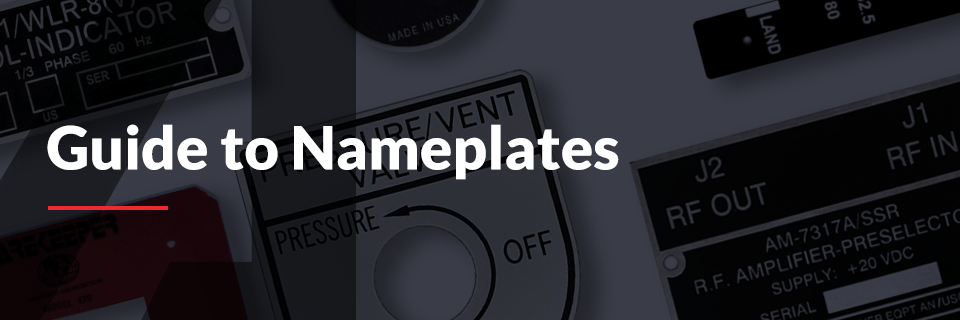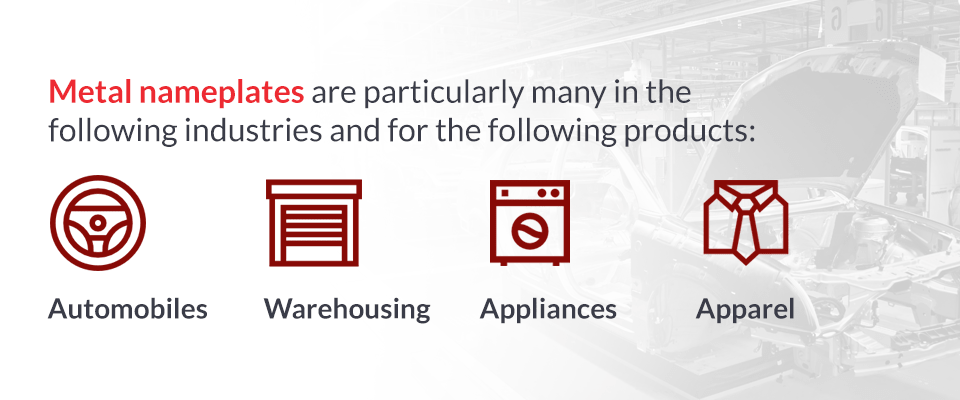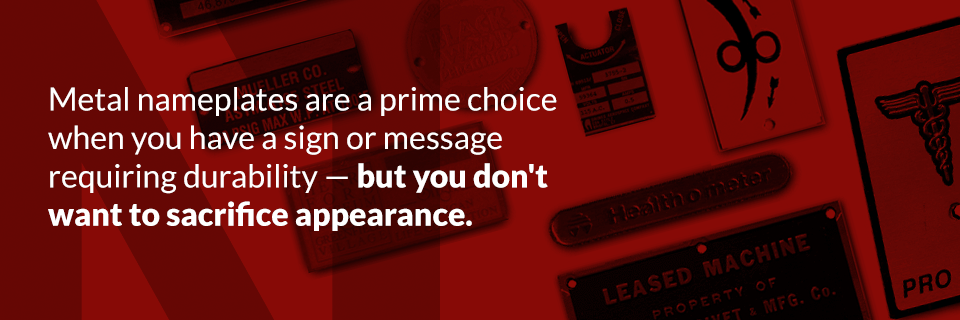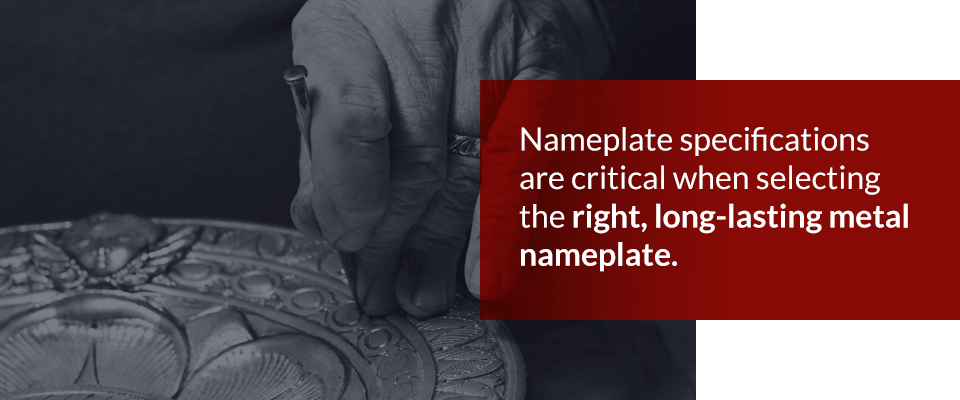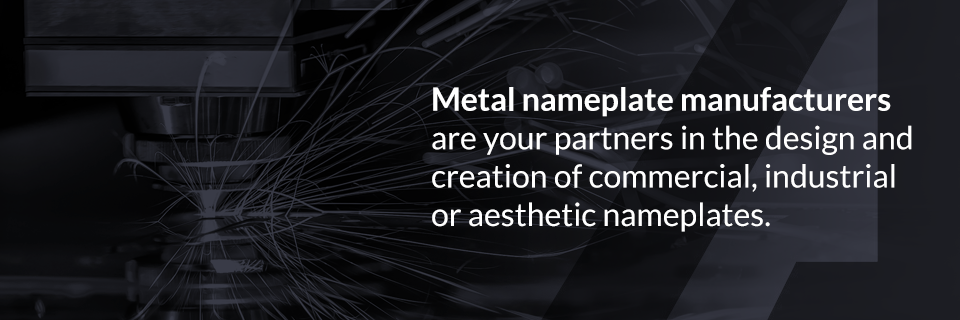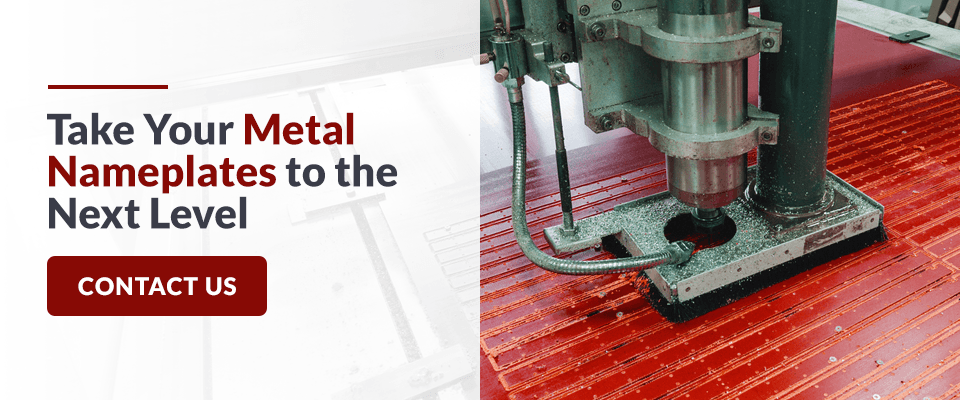Flexible Labels and Their Uses
Flexible labels and packaging continue to grow in popularity, especially in commercial use. Many industries that have relied on more traditional materials in the past have switched to flexible materials, primarily because of the multiple advantages flexible labels provide. American Nameplate is able to print on various flexible substrates, making us one of the top leaders in the flexible labeling industry.
Uses of Flexible Labels
A flexible label can be made to fit a variety of different uses. Manufacturers and distributors use flexible labels to market, ship and distribute a wide range of products. We commonly work with vinyl, foil, mylar, Lexan, and other various materials for flexible packing and labeling.
In manufacturing, flexible nameplates can come in many forms, shapes and sizes. Several different examples include:
- Barcode Labels
- Domed Labels
- Roll Labels
- Lexan / Graphic Overlays
- Flexible Container Label / Sticker
- Branding Product Label / Wrap
Flexible labels and packaging continue to dominate in many industries ranging from manufacturing to food production because they offer a range of durable properties while minimizing materials and costs. As flexible packaging gains popularity, many companies across the globe view it as the top choice for most new packaging and equipment. Flexible labeling has also become the preferred packaging choice in the health, beauty, pharmaceutical and medical industries, among many others.
At American Nameplate, our highly skilled craftsmen are well equipped to handle the most complex labeling projects. Our modern printing equipment uses state-of-the-art technology to produce superior quality packaging. We can print on a vast array of substrates such as:
- Foil: Creating a metallic-type finish without the rigidity of a metal nameplate.
- Mylar: Mylar is used for several applications because of its tremendous flexibility, durability and strength
- Vinyl: Vinyl’s flexibility makes it possible to install on almost any industrial surface.
- Lexan: Lexan labels consist of polycarbonate materials that are tough, versatile and resilient.
All of our jobs and materials are fully customizable according to your specific needs.
Advantages and Benefits of Flexible Labels
Several other key advantages of flexible labels and packaging include:
- Marketability: High-quality flexible labels instill a sense of customer appeal and increase customer awareness about necessary equipment or company contact information.
- Sustainability: Flexible packages require less energy and water to manufacture and generate smaller amounts of waste and greenhouse gases.
- Convenience: Pressure sensitive nameplates are very similar to a high-tech, highly durable sticker. Only pressure is needed to adhere a label to its surface.
- Organization: Easily print barcodes or serial numbers on flexible labels to maintain records.
There are hundreds of examples of innovation in flexible packaging. Improved technology and innovation created flexible packaging, and these developments continue to define it. You enjoy the enhanced advantages and cost benefits of using flexible labels when you work with American Nameplate.
Choosing American Nameplate as Your Flexible Label Supplier
As a trusted supplier in the flexible label and packaging industry, American Nameplate offers various solutions for your business needs. Whether you’re creating a new industrial product or needing to mark your inventory in house, flexible packaging can become an essential part of your company’s operation. Contact us today with any questions about your specific needs.





